The relationship between art and money has been one of the defining features of our society. From artisans decorating palazzos for the Italian aristocracy to today’s star-artists flourishing in a global art scene supported, by and large, by private collectors, the questions of who funds the producers of visual culture and why they do so have always been salient to understanding the values of that culture.
In the 21st century, the answer to that ‘why?’ tends to be for pleasure, profit, philanthropy – or some combination of the above. It is one of the strange qualities of the contemporary art world that it harnesses such different and sometimes opposing intentions. Indeed, in recent years, alongside the massive expansion of the art market, a new culture of patronage has fast developed amongst collectors. That change is neatly summed up by Art Basel’s Global Head of VIP Relations, Irene Kim, who observes that, over her 10 years in the art fair business, ‘the first question collectors ask each other has gone from “What’s in your collection?” to “What’s your collection’s focus and mission?”.’
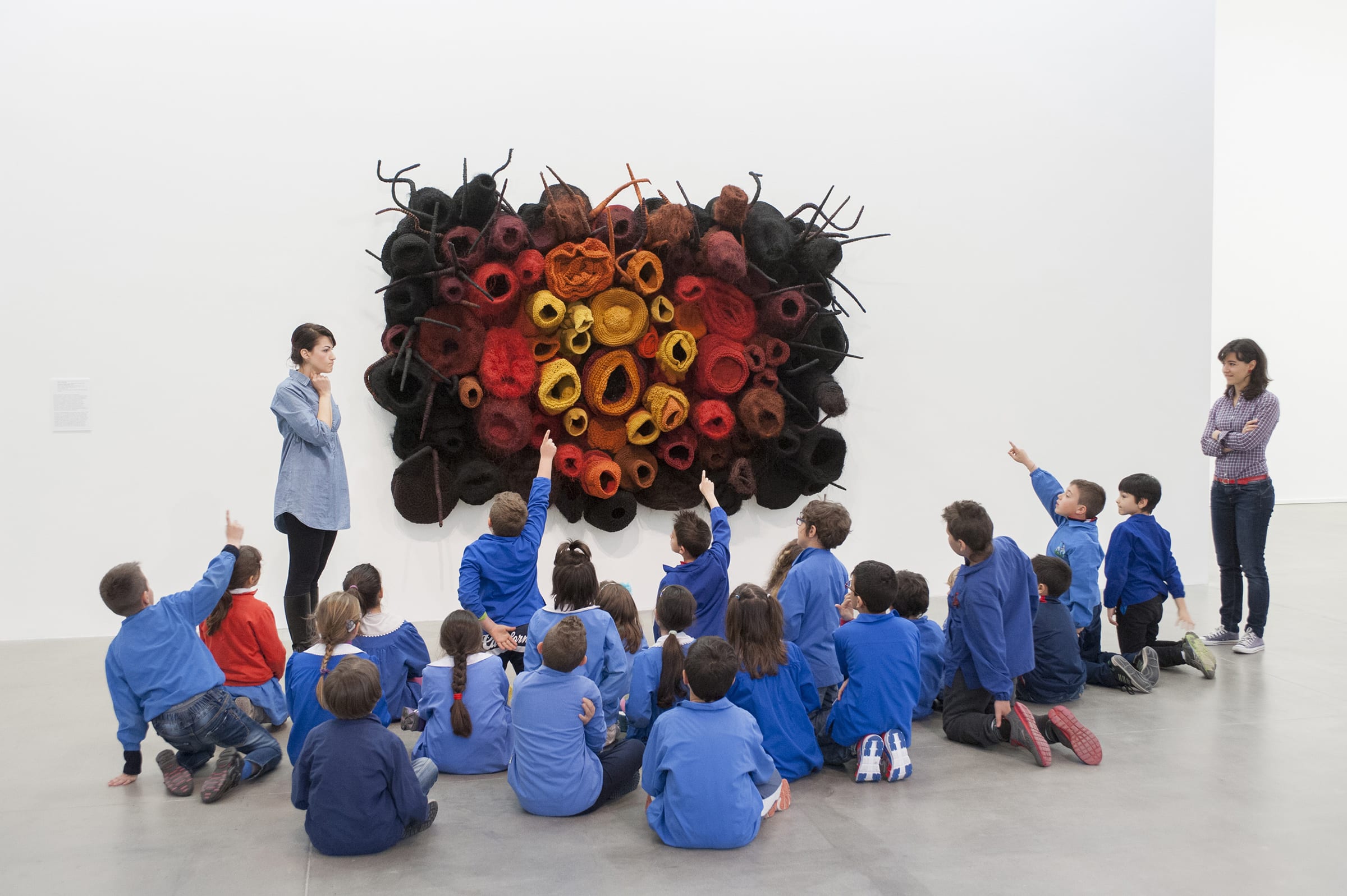
This evolving landscape of contemporary patronage reflects recent, significant social change. The ties linking museums and private patrons – a traditional lynchpin of the American art ecosystem – have gone global. On American museum acquisition boards, patrons have always wielded enormous influence over who and what is added to the collections. But this is now increasingly true in the UK and elsewhere in Europe, where continuing austerity measures have left institutions reliant on their high-net-worth donors. And outside the West, patrons too often remain the only option when it comes to funding.
Yet there is little published guidance on art patronage. For patrons, the desire to find forums within which to share their passion and learn from each other is a key factor behind the rapid development of collector groups. The creation of just such a community was the drive behind the founding of Art Basel’s Global Patrons Council. Currently numbering 174 major private collectors from across the world, it fosters connections and dialogue between its members about patronage and its role within the global art ecosystem.
The missions of today’s philanthropists are not only to support specific artists and movements – the traditional preserve of patrons – but increasingly to champion underrepresented voices within the art world and provide a platform for social and ecological issues. It is on these fronts that patrons can contribute to the discourse and formation of art history itself.
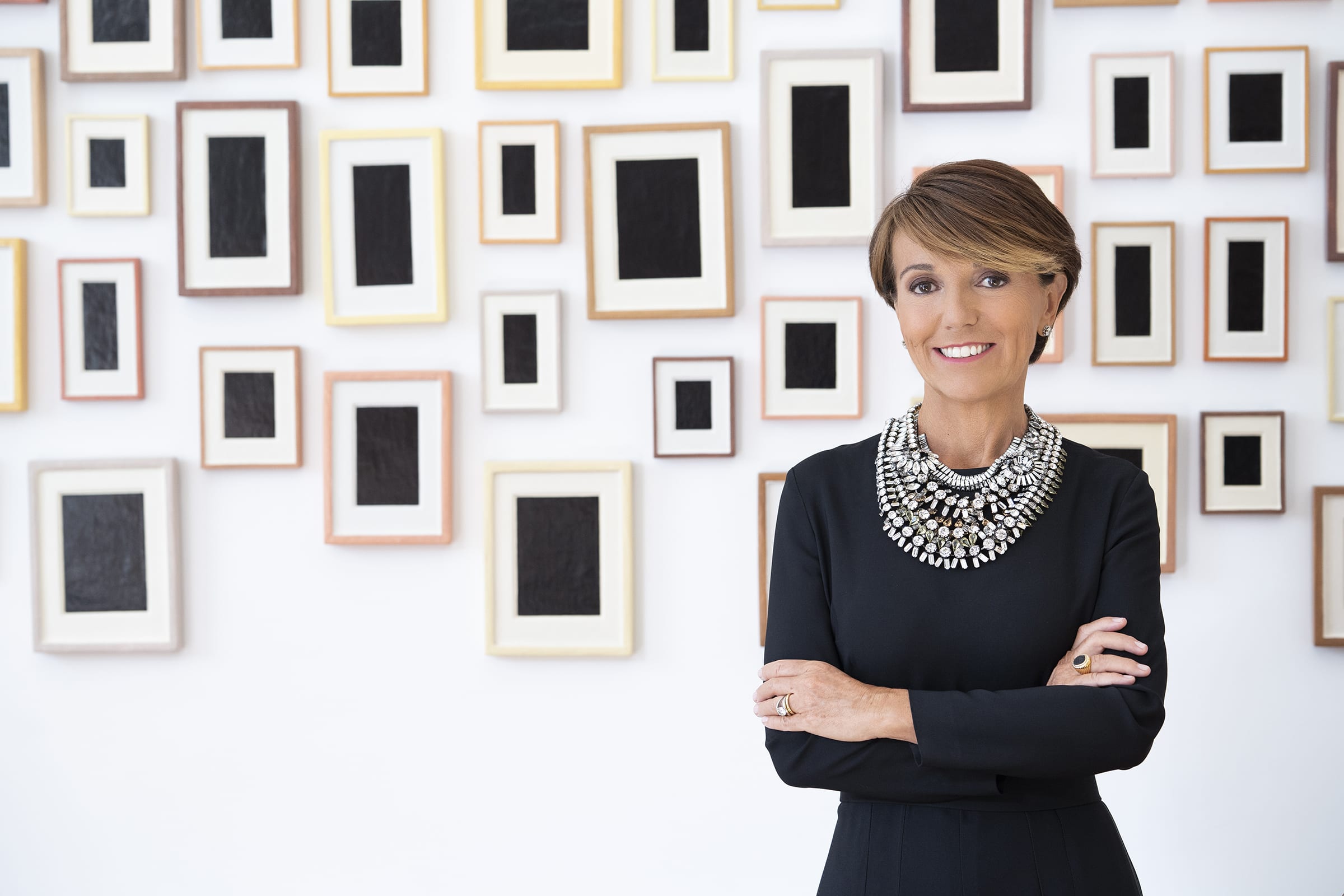

There is also an increasing need for patrons with impeccable ethical credentials. The strength of recent social justice movements such as Black Lives Matter and #MeToo, combined with the power of social media, has forced organizations to be much more discerning when it comes to their sources of funding – whether private or corporate. The artist Nan Goldin’s successful PAIN campaign to stop cultural institutions accepting donations from the Sackler family in relation to the OxyContin opioid scandal, and various efforts to block Big Oil’s sponsorship, exemplify the ability of pressure groups and public opinion to effect change.
Exploring and promoting exemplary contemporary art patronage is the raison d’être of the annual Rinascimento+ award, which was founded by Sergio Risaliti, the Director of the Museo Novecento in Florence. In explaining the ethos of the prize, Risaliti makes a direct link between today’s philanthropists and the great art champions of yore, saying: ‘The spirit of the patrons of the past must animate present-day collectors in believing that their support of the arts can have real value in the public sphere, influencing the local area and the community.’
This year’s Rinascimento+ award recipients – Marisa Chearavanont, Gianfranco D’Amato, Laura Mattioli, Fabrizio Moretti, Hussam Otaibi, and Patrizia Sandretto Re Rebaudengo – certainly embody the kind of mission-driven collecting identified by Art Basel’s Kim.
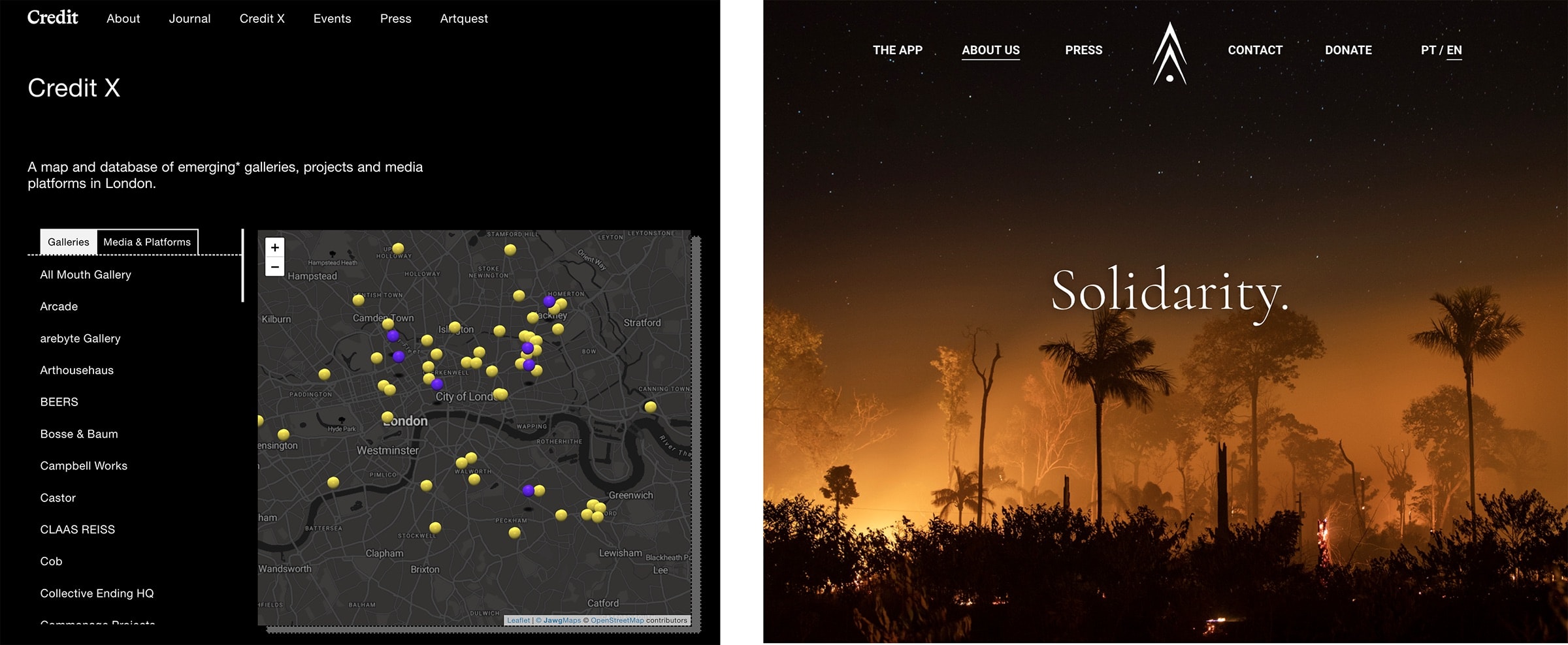
At Modern Forms, the collection and curatorial platform founded by Otaibi that I curate, we focus on partnerships to leverage networks and generate impact. With Central Saint Martins and Kingston School of Art, we cofounded Credit, a project that investigates and contributes to the emerging art scene in London. We also just launched a program with artists and galleries to raise funds for AmazoniAlerta, an NGO dedicated to Indigenous rights in the Amazon. For Otaibi, ‘it is a privilege to be able to give back and participate in the collective conversation that is contemporary art.’
‘The role of patrons can be decisive,’ says Sandretto Re Rebaudengo, the founder of the eponymous Fondazione in Turin, Italy, and a member of Art Basel’s Global Patrons Council. ‘In this era, the main goal of a patron should not only be to show their own collection, but rather support institutions and projects that engage audiences on the issues of our time through art that speaks to us about ecology, civil and social rights, gender issues, injustice, and discrimination.’
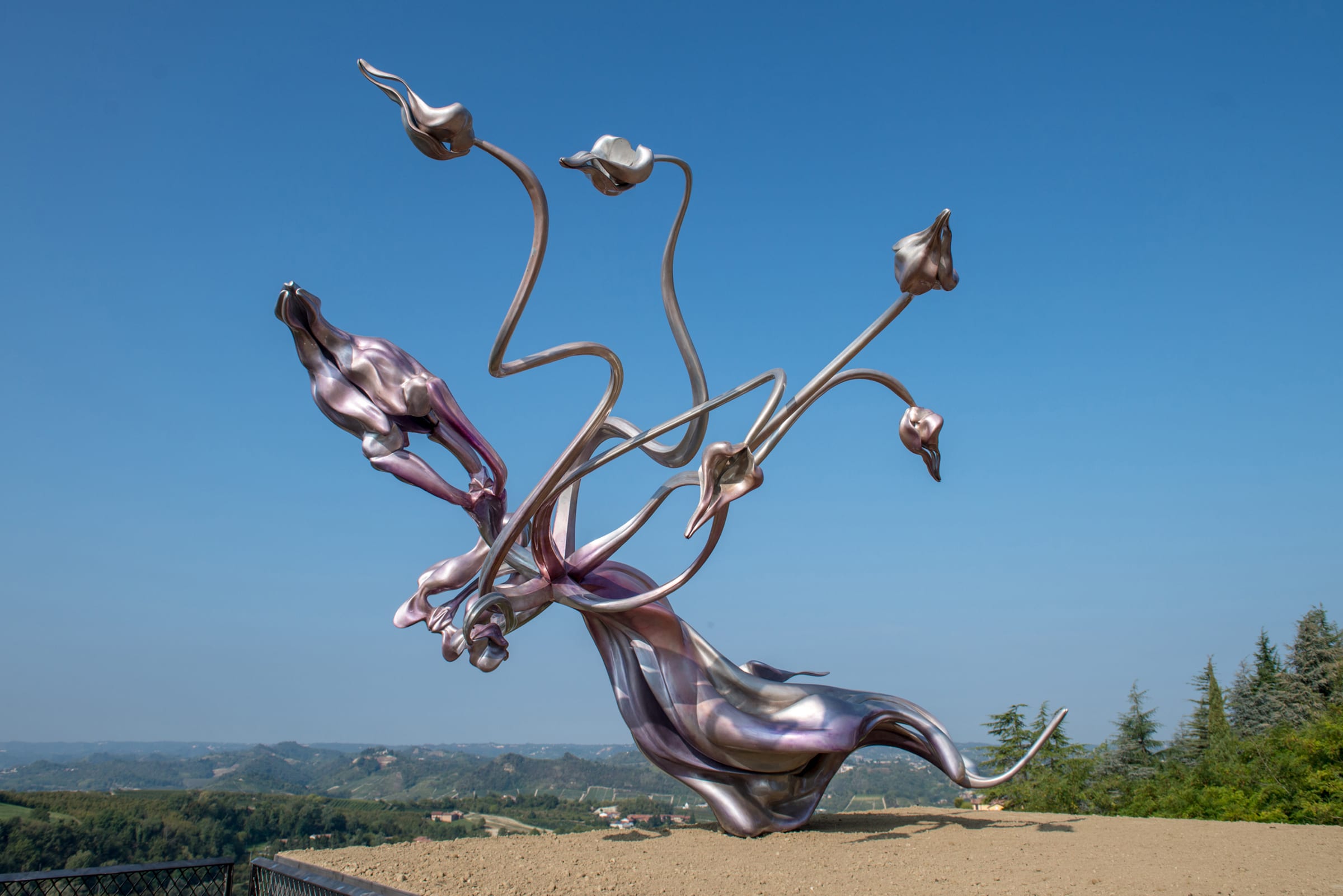
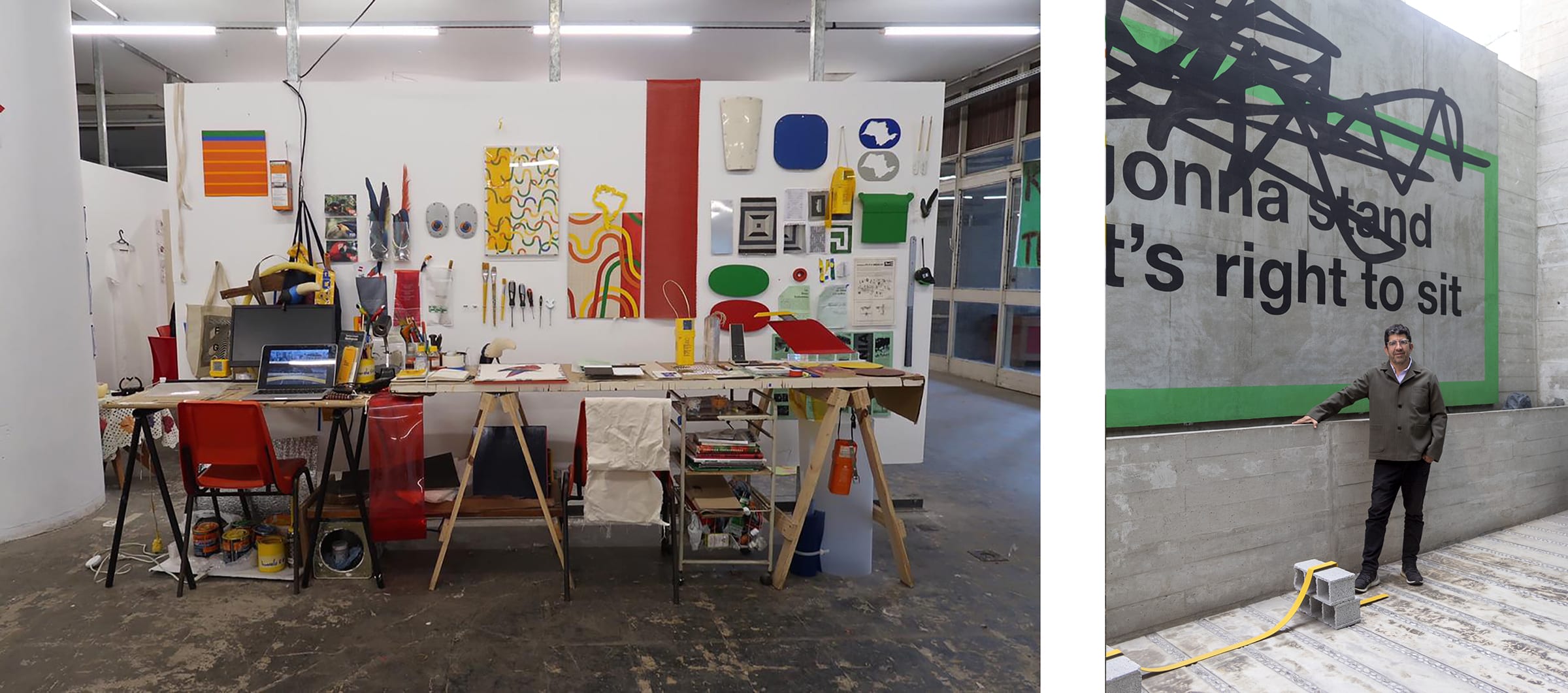
While in the West patrons can participate in the vital examination, reassessment, and refocusing of representation and inclusivity across the cultural landscape, in new and emerging centers of contemporary art, engaged patrons are helping build new narratives and new structures to support art and artists.
A powerful voice in the discourse on decolonizing culture and cultivating new systems of cultural knowledge is Nana Oforiatta Ayim, a writer, filmmaker, and art historian – and curator of the Ghana Pavilion at the last two Venice Biennales. Oforiatta Ayim is also a patron herself and sees patronage as a key agent for change. ‘This is evident in how and who museums choose to collect through patrons and which voices get elevated,’ she says. ‘Gilbert and George were complaining recently about the increasing diversity in a collection like that of the Tate, which is funny because there is so much redress to be made. For centuries now, white Western males have been at the center of all canons and collections, and what a flat, one-sided narrative that is in a world that is so multifaceted, so varied, so layered; how wonderful this opening up, that allows for other ways of seeing at a time when we so desperately need them.’
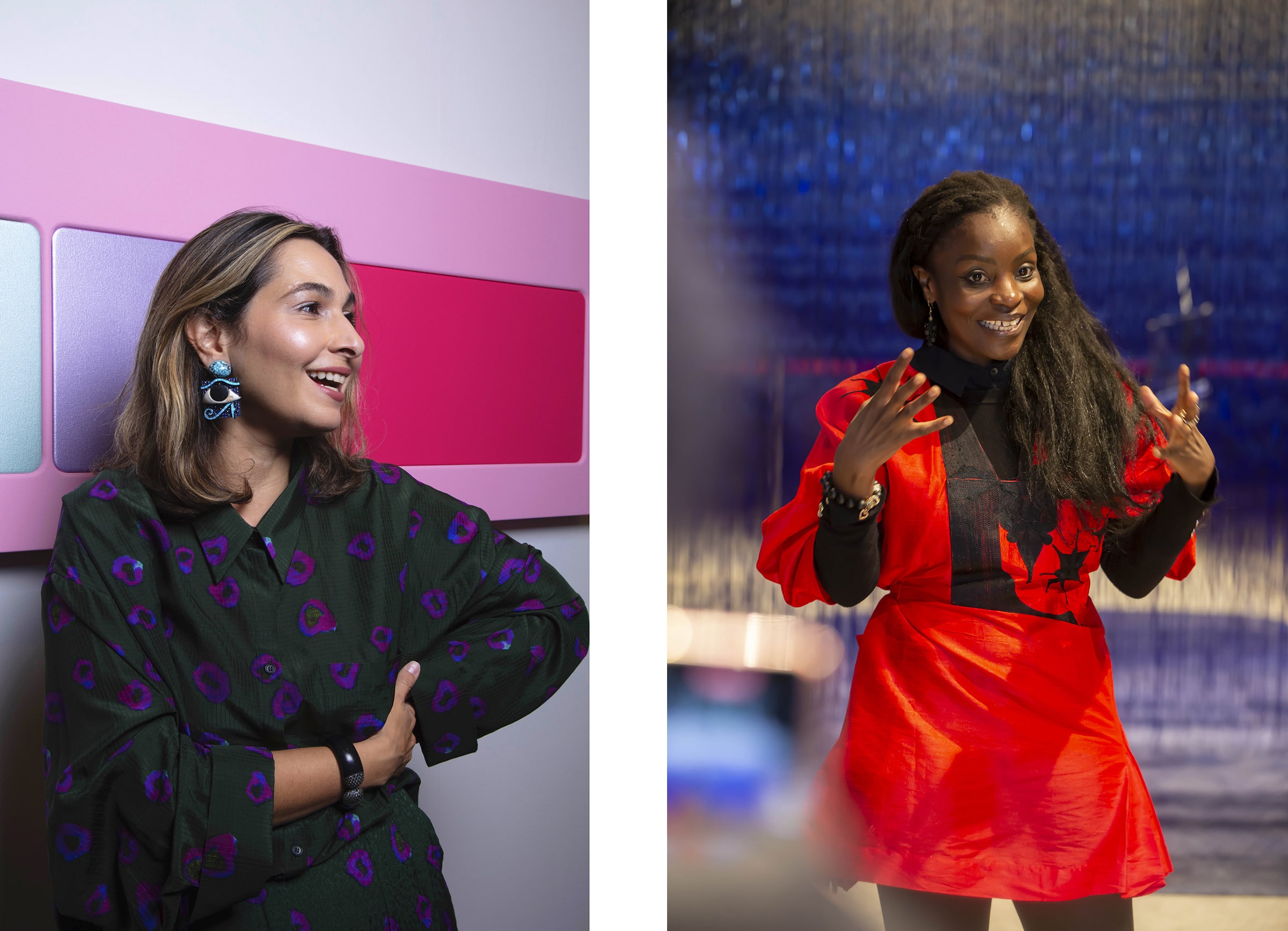
For Carlos Marsano, a leading collector in Peru and a member of Art Basel’s Global Patrons Council, addressing the local context is critical. ‘We should think about the importance of institutions, without which the art ecosystem doesn’t work,’ he says. ‘When you’re in a country with limited resources, you need to think about how to add value.’ One of his contributions was to cofound Artus, a body which supports residency programs for Peruvian artists abroad. Dana Farouki, a New York-based curator and patron specializing in Middle Eastern contemporary art echoes Marsano’s focus on supporting emerging voices, institutions, and geographies. ‘As someone who is NYC-based and involved in US-based institutions, I strive to ensure Arab artists are included in the global narrative,’ she says, before concluding: ‘The cultural patron in the 21st century is a philanthropist at heart and a booster of institutions and ideas.’
Nick Hackworth is the Director of Modern Forms.


Leave a Reply